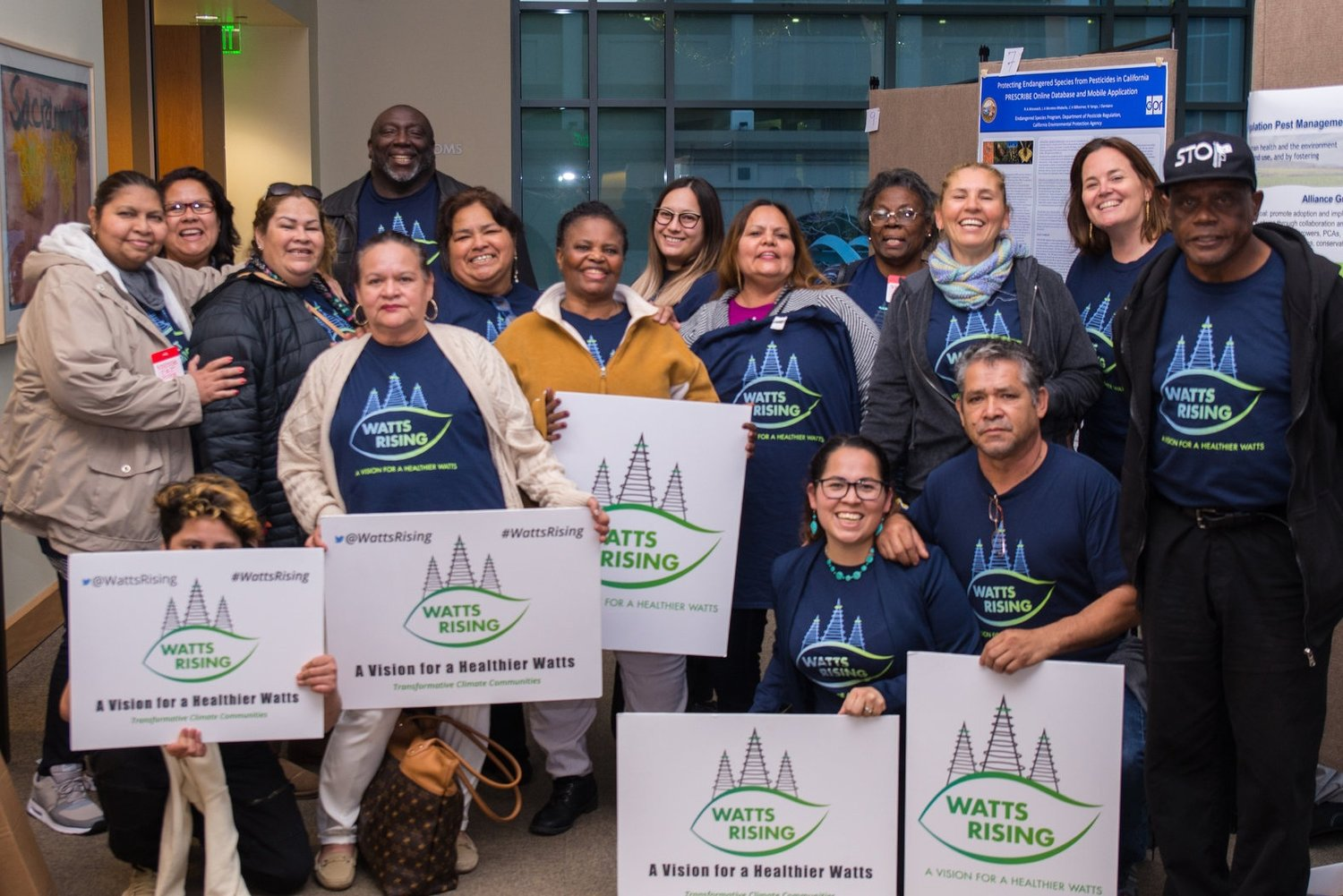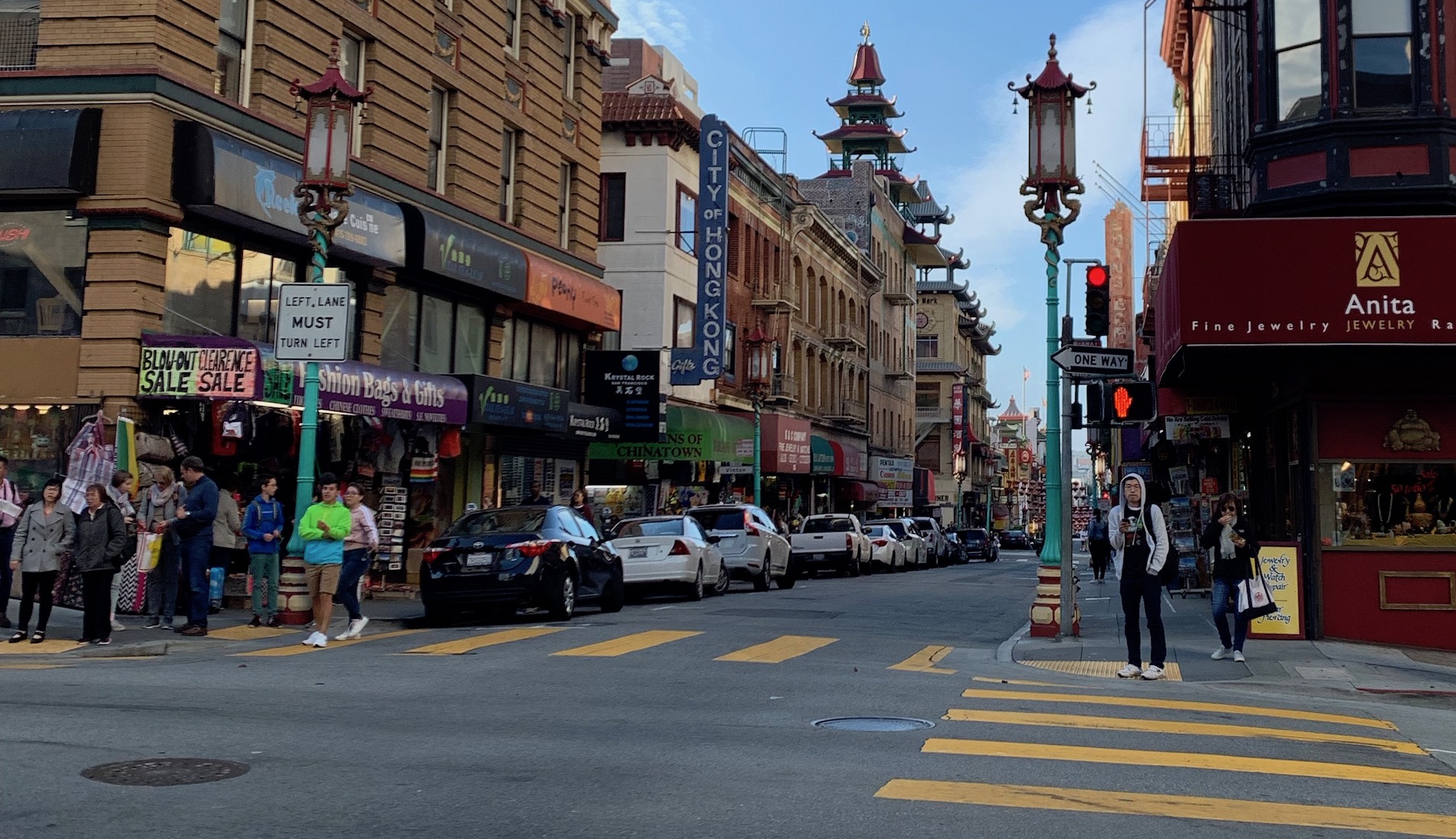This article is part 3 in a series on carbon pricing, environmental justice, and California’s cap-and-trade program. Check out our other articles in the series:
Addressing Community Needs through Smart Climate Policy (9/27/19)
Clearing the Air: Local Pollution as a Social Justice Issue (10/4/19)
Check out CXC’s full report, Carbon Pricing in a Just Transition.
When we talk about carbon pricing, we tend to focus on the impact of the added price – in theory, when a product is more expensive, people buy less of it. Putting a price on pollution gives companies, businesses, and people the incentive to favor cleaner ways of living and doing business. Experts agree, afterall, that putting a price on pollution is a vital measure to avoid the worst impacts of climate change.
However, it is often forgotten that there is a second important policy question that results from carbon pricing – how to use the revenue. A carbon price has the potential to rapidly unlock trillions of dollars in capital to invest in the transition to a low-carbon future. How this revenue is used is where carbon pricing flexes its versatility in what role it can play in our just and rapid transition to a sustainable green economy.
There is nothing stopping us from designing carbon pricing to directly combat environmental injustice as well – it just needs to be designed to do so. The influx of revenue that carbon pricing generates can be directed towards setting up new resources and pathways for communities to redesign our landscapes, improve public health and sustainability in our neighborhoods, and reclaim ownership over the future. If anything, recent excitement around the Green New Deal demonstrates the need for these transformative investments into disproportionately burdened communities as a part of our solution to the climate crisis.
Transformation can be both physical and political. Physical transformation means radically shifting the built environment in ways that transition communities towards regenerative, sustainable energy systems with local ownership by communities. It means chipping away at the systematic oppression of corporate fossil fuels by changing the way we consume energy and use our public spaces.
Political transformation means achieving these changes through new ground-up governance structures that empower communities to realize a just transition in their local context. Environmental Justice communities tend to be marginalized politically, and funds raised from pricing pollution can become an important tool in giving agency back to communities over their projects and spending, therefore providing new avenues for self-determination.
So, how exactly can we achieve these political and physical transformations using carbon pricing revenue?
California’s Transformative Climate Communities Program
There are examples in California for what this might look like at scale. The Transformative Climate Communities (TCC) Program, funded by cap-and-trade dollars, is a competitive grant program that gives resources to the most disadvantaged communities in the state to achieve major environmental, health, and economic transformations.
A wide variety of groups can apply for these funds, including community organizations, local government, faith-based organizations, tribal governments, and more. However, the majority of the project area must occur within the boundaries of the most disadvantaged communities in the state. To ensure fair access to these funds, the Strategic Growth Council (SGC) partners with universities and consultants to provide proper technical assistance to any community interested in applying that lacks the resources or capacity to create detailed grant applications.
Watts is a community of color in downtown Los Angeles that suffers from intense air pollution, heavy industrial activity, and other social and economic injustices such as racial dscrimination, high poverty rates, asthma, childhood obesity, and violence. While the need for solutions in Watts has been ever-present, there was never an opportunity for significant investment in the community to address these issues holistically.
Then, through an extensive process with community members, the LA Housing Authority won $33 million from the TCC Program to undertake “Watts Rising.” Within a 2.6 square mile area, the project will create:
- 216 new affordable homes
- 10 new battery-electric buses
- Vanpool and car-sharing programs with electric vehicles
- Over 4,000 new trees
- Solar panel installations on 300 homes
- Energy efficiency improvements for 150 homes
- 50 new mini-farms
- New cooling surfaces for 4 schoolyards
- 5 miles of new bike paths
- 30+ blocks of streetscape, pedestrian improvements and urban trails
- Over 300 construction and permanent jobs
- Over 500 new training opportunities
In our interviews with environmental equity experts in California, we found that some see the TCC Program as a potential model for the Green New Deal. These projects were determined through extensive collaboration with Watts residents, local government, medical providers, educators, environmental and business leaders, community group representatives, and religious leaders. Through multiple community meetings and workshops, participants voted to select priority projects in the grant application and consequently hashed out all the details of the Watts Rising Plan.

Photo: Housing Authority of the City of Los Angeles
This level of community inclusion into the process is hard work. But the end product is a ground-up governance structure that provides a slice of self-determination to communities that historically have lacked the resources to shape their own future.
So, what’s the catch?
First, the program is currently underfunded. California has raised nearly $12 billion for climate investment, a majority of which goes to large infrastructural transportation projects. The most recent investment plan, which is updated every 3 years, puts a high emphasis on community-level participation and additional economic, environmental, and public health benefits. Meanwhile, the TCC Program constitutes only 2% of these investment funds to date.
Only 5% of the most disadvantaged communities qualify for TCC Program funding, as defined by a comprehensive model of socioeconomic and environmental burdens. Were all investment proceeds directed to the TCC Program, the success of Watts Rising could be replicated in almost all of these extremely overburdened and underserved communities in California.
While such an outcome is unlikely, it is important to highlight how states balance their various needs when deciding what to do with carbon pricing revenue. How much should go towards ground-up community-led initiatives vs state-wide agency-led infrastructural needs?
Second, the TCC Program is not a magic bullet. It is an exemplary approach to fostering sustainable development and energy independence, but the health of these communities tends to be significantly burdened by nearby industrial facilities as well. These health burdens may need to be addressed with other aspects of the carbon pricing policy, or through separate complementary measures.
The TCC Program is just one example of what this could look like, but a pivotal one to highlight. When we design carbon pricing programs and the resulting use of revenue, we can choose to empower communities with the resources to realize the physical and political transformations they need.









